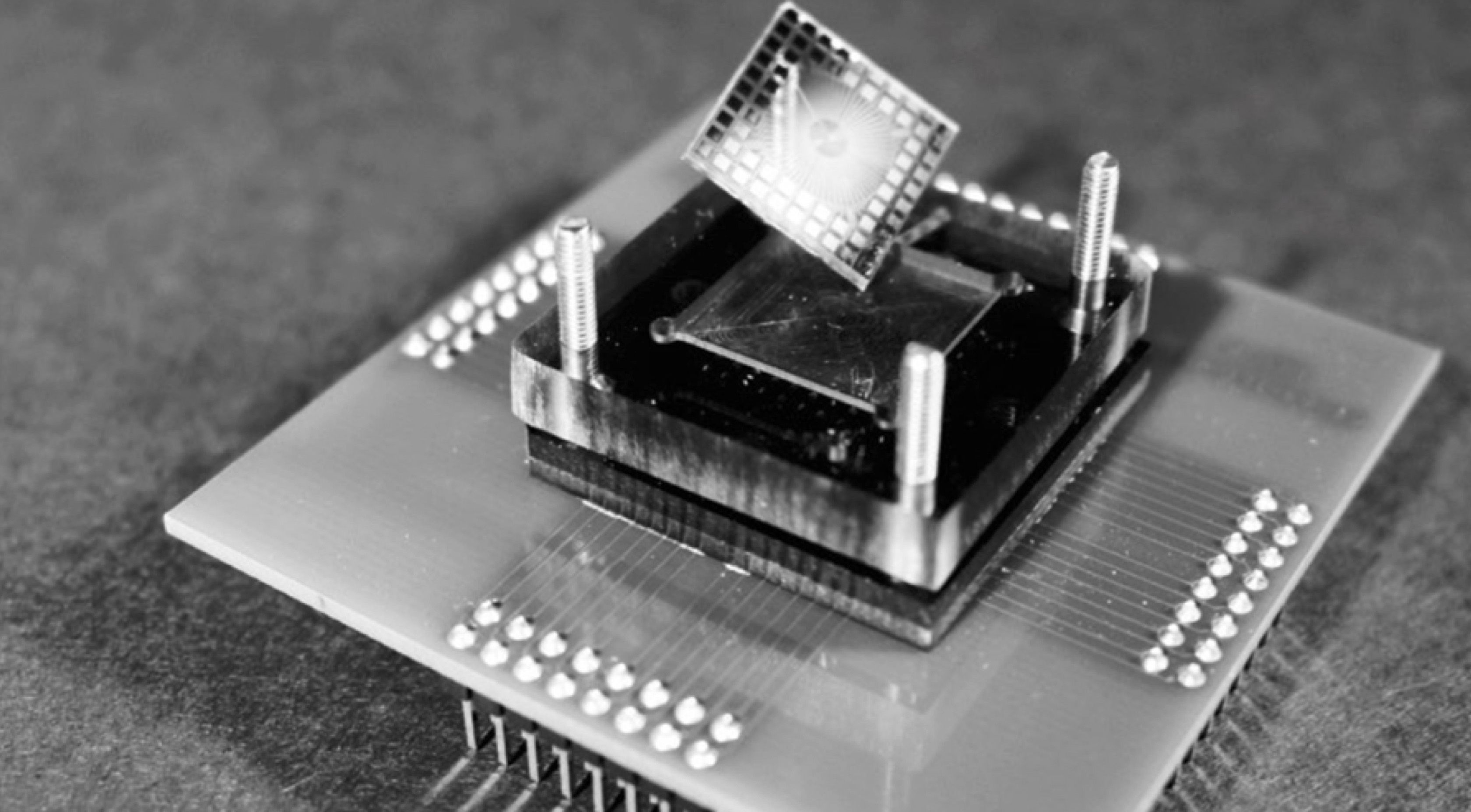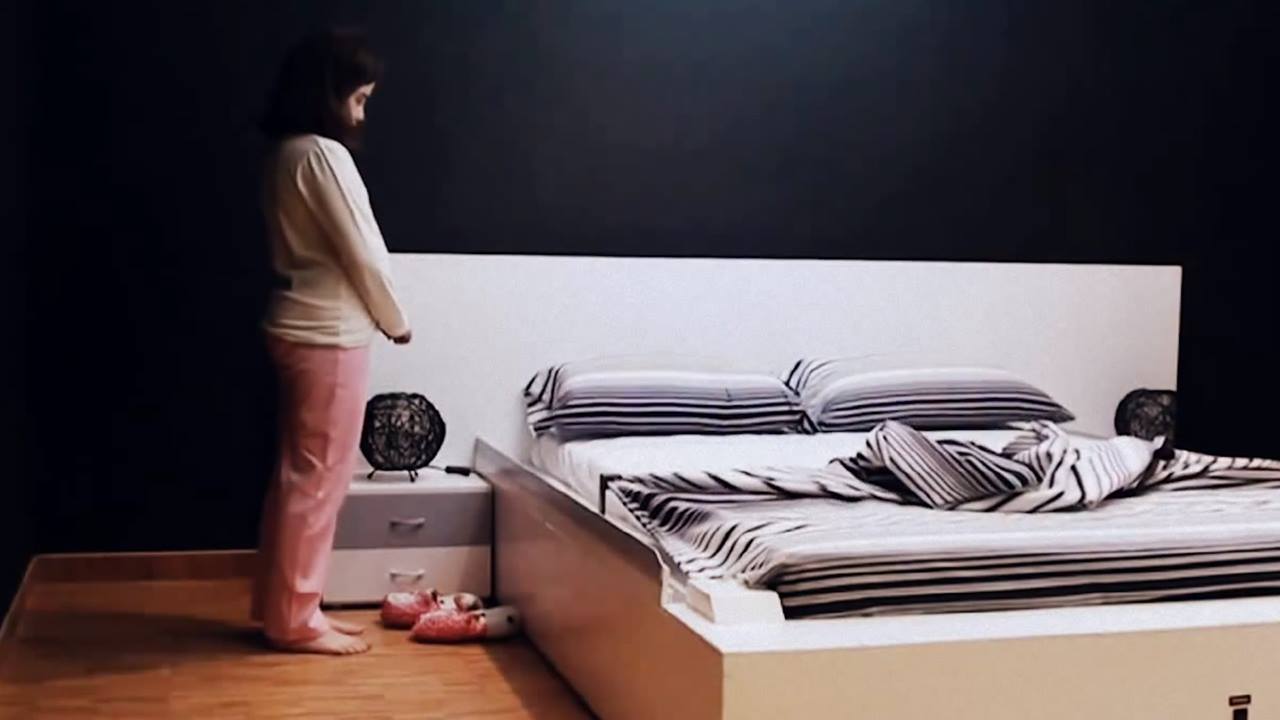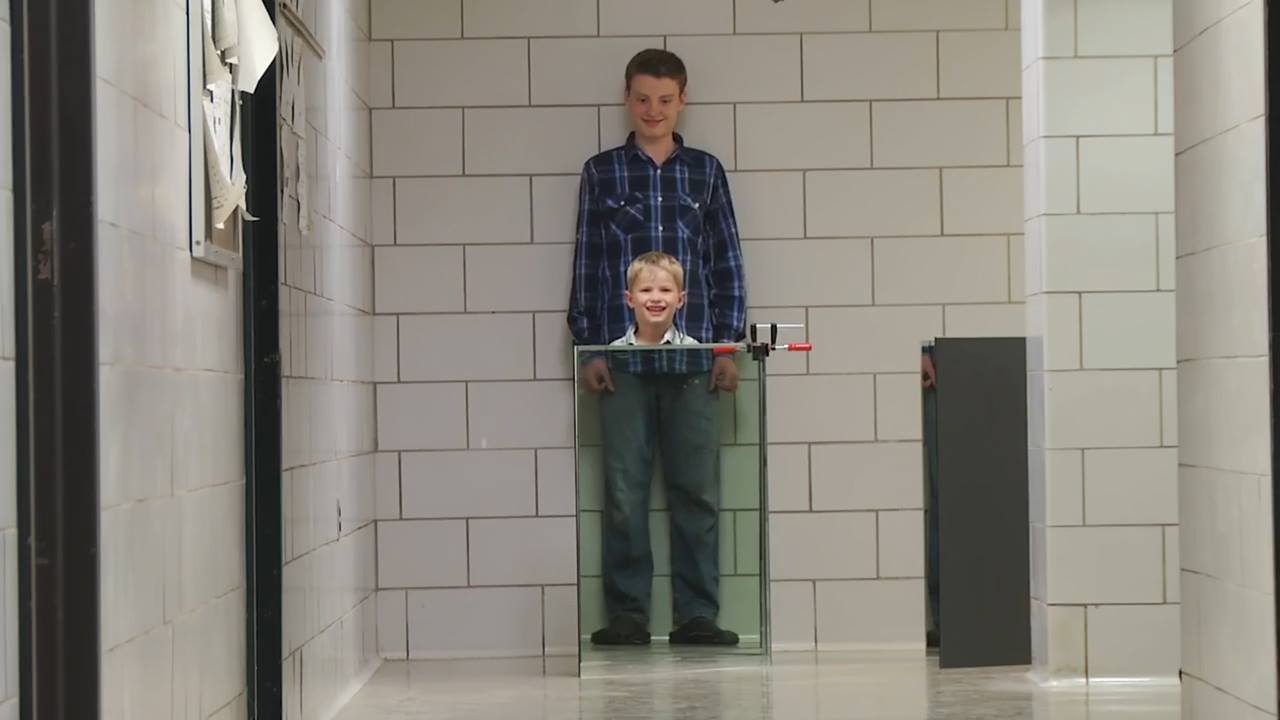The night before the Space Shuttle Challenger was due to lift off, on January 27, 1986, Bob Ebeling tried to talk his boss out of approving the launch. Ebeling was an engineer for a NASA contractor, one of five who worried that the rocket boosters’ “o-rings” might turn brittle in the overnight cold, and that leaking fuel could lead to an explosion. Ebeling’s supervisor refused to stop the launch, and the shuttle exploded the next day, killing 7 astronauts, including a school teacher. A Presidential Commission would later vindicate Ebeling and his colleagues.
Over at NPR, Howard Berkes has written a moving remembrance of Ebeling, who was wracked by guilt for decades. The morning of the launch, Ebeling drove to work to watch the event from a company conference room. He was accompanied by his daughter:
“He said, ‘The Challenger’s going to blow up. Everyone’s going to die,’” [she recalled.] “And he was beating his fist on the dashboard. He was frantic.”


















